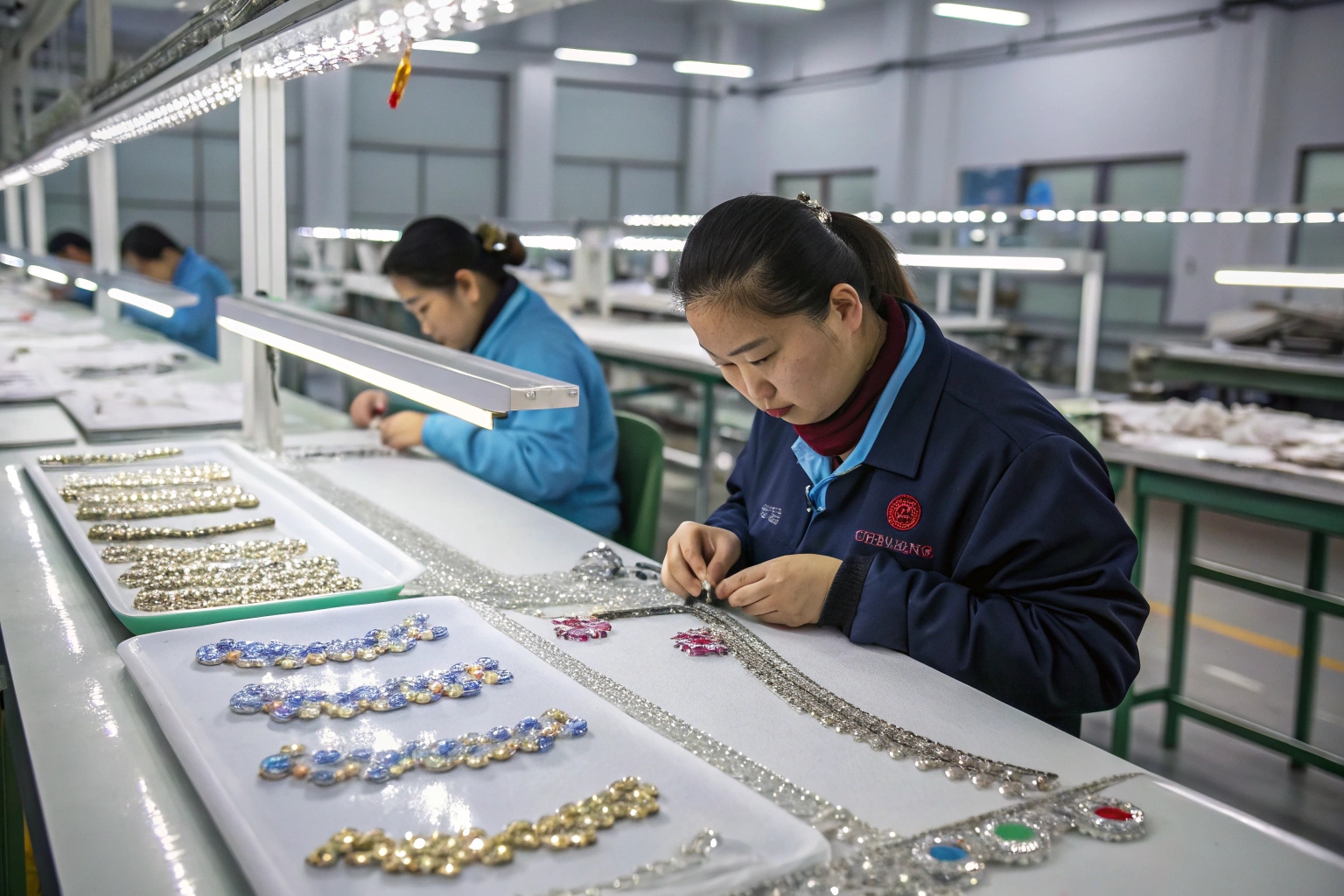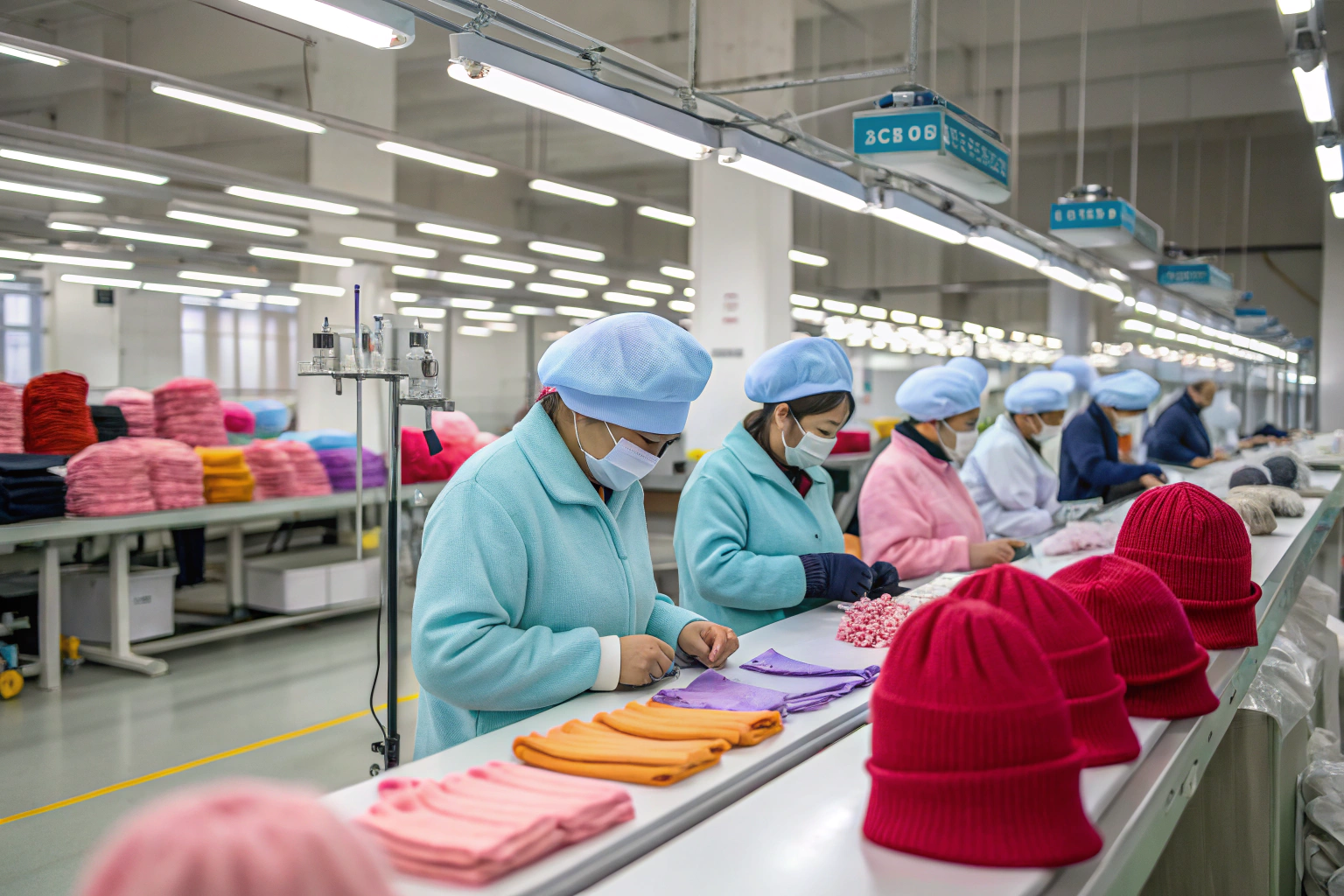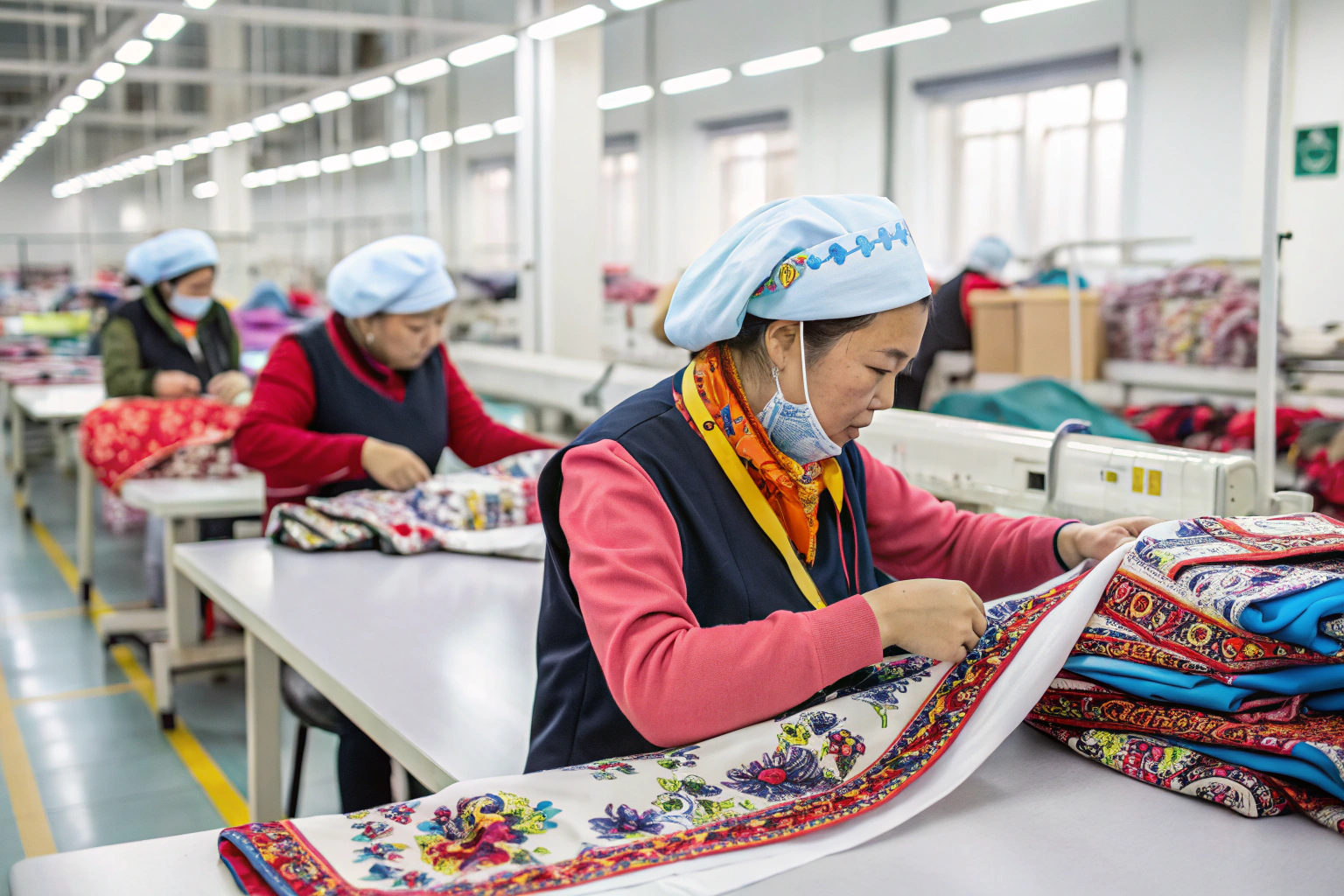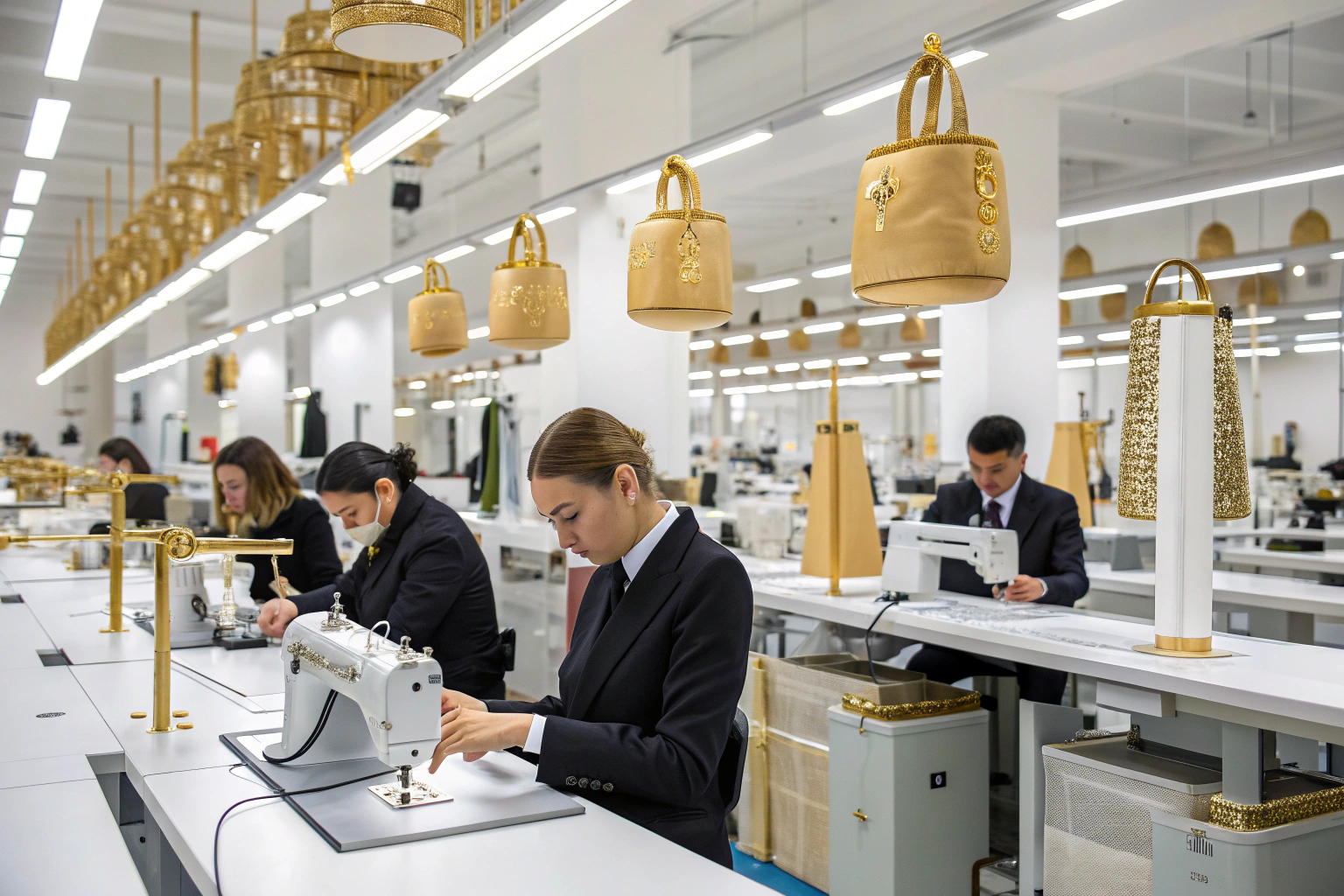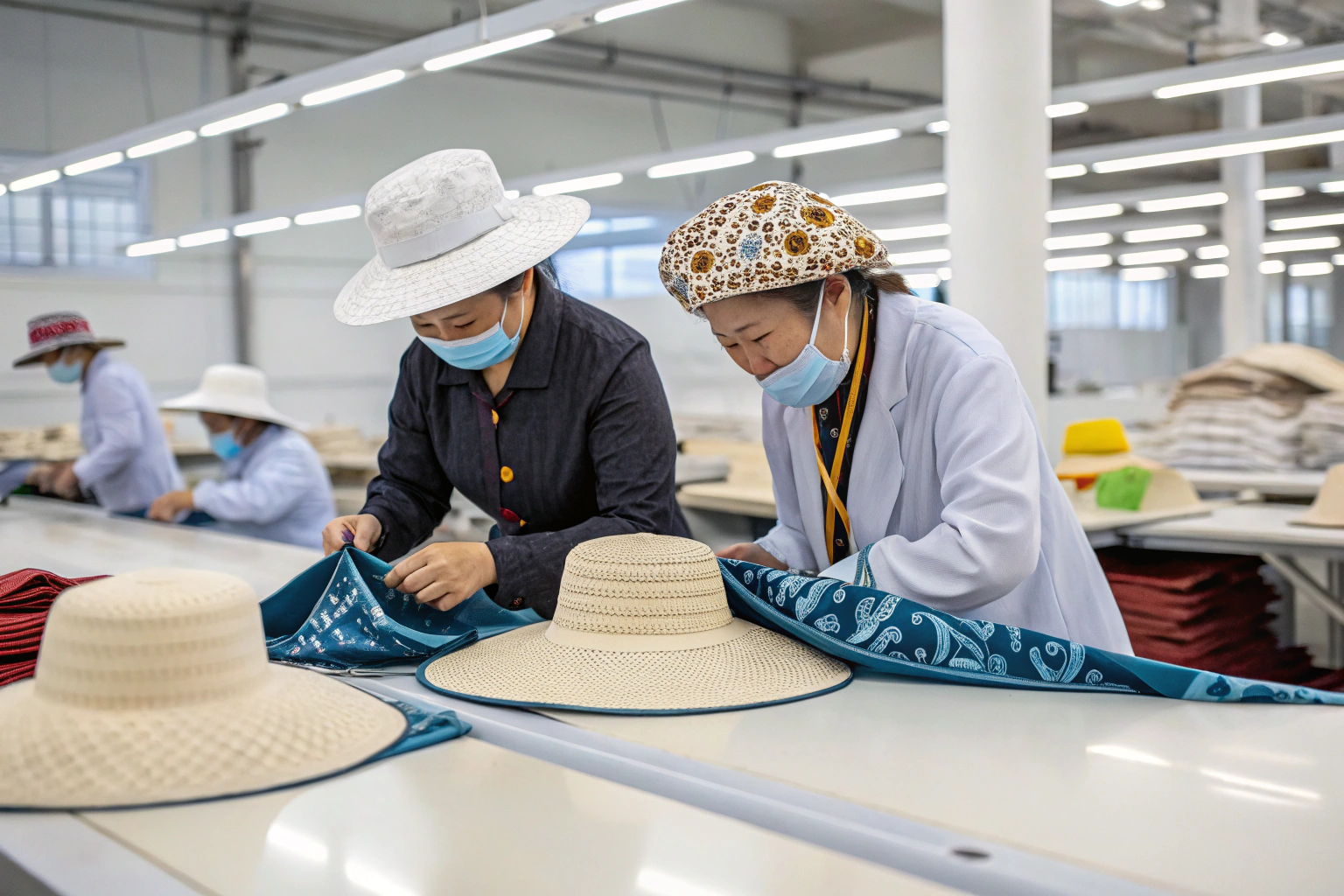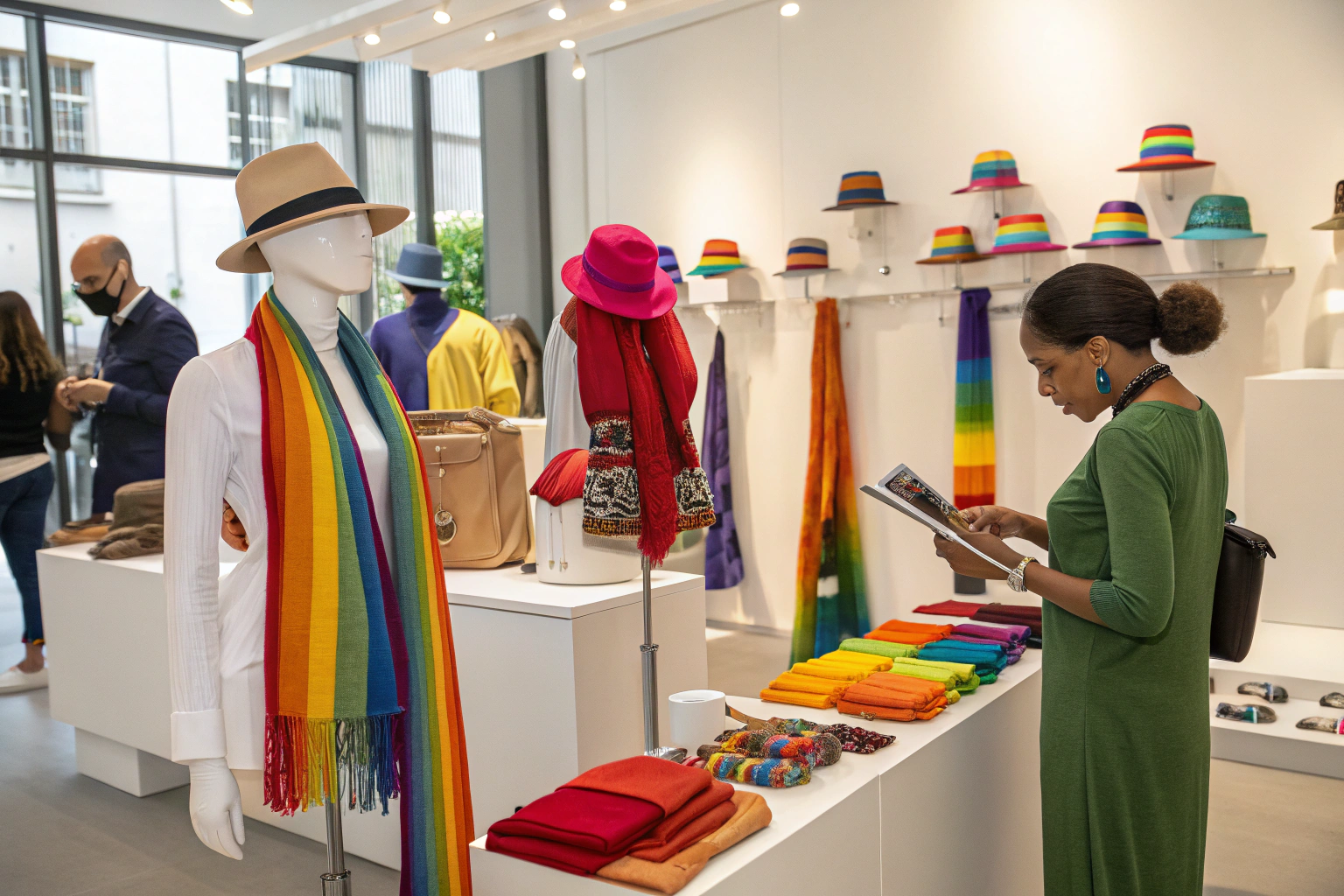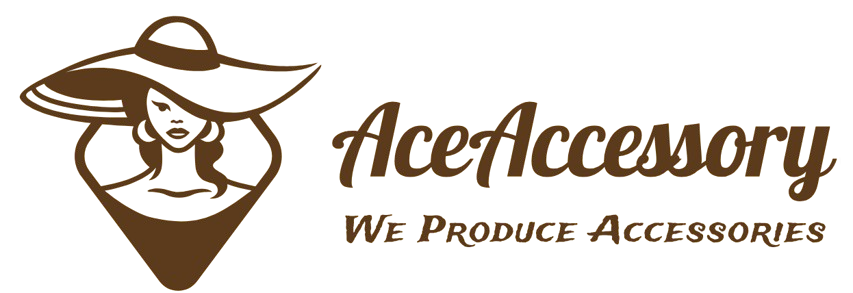Accessories with gemstones—rhinestones, crystals, or semi-precious stones—are stunning, but they're also fragile and high risk if not controlled properly. One misplaced stone or weak setting can turn a premium product into a return. For buyers sourcing gemstone accessories for department stores, boutiques, or e-commerce, quality control is the single most critical factor.
At AceAccessory, we use a multi-step quality control process for gemstone accessories that includes material vetting, bonding tests, setting inspections, simulated drop testing, and final-line audits.
We ensure that every sparkling detail stays intact from production line to shelf.
What Types of Gemstones Are Used in Fashion Accessories?
Not all gemstones are created equal—and each type needs a tailored QC method.
Fashion accessories typically use synthetic rhinestones, resin stones, crystal glass, acrylic gems, or semi-precious materials like agate, amethyst, and turquoise.
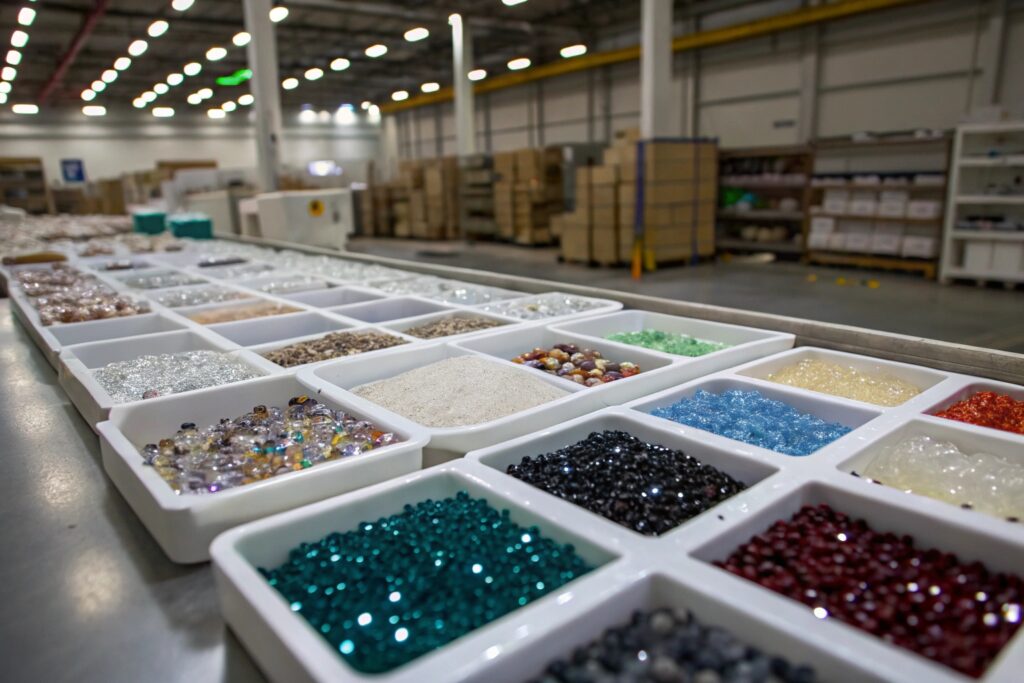
What Are the Most Common Gemstone Types We Work With?
At AceAccessory, we work with:
- Acrylic rhinestones: Lightweight and economical, great for kids’ clips
- Glass crystals: High-shine, heavier, and scratch-resistant
- Resin stones: Moldable into custom shapes, used in themed belts and pins
- CZ (Cubic Zirconia): Premium sparkle, often used in bridal or upscale clips
- Semi-precious beads: Natural stones used in scarves and hat trims
We source stones from verified suppliers listed on Alibaba’s Verified Vendors and test samples before use.
How Are Stone Materials Vetted for Stability and Safety?
Each stone type is tested for:
- Lead and cadmium content using XRF scanning to meet REACH and Prop 65 limits
- Hardness and scratch resistance using Mohs scale methods
- UV fading resistance, especially for translucent acrylic or resin
- Bonding compatibility with adhesives and base materials
We work with certified third-party labs like Intertek to confirm that decorative stones meet international retail standards.
How Is Gemstone Attachment Tested During Production?
It’s not just the stone—it’s how it’s held.
Our QC team checks every stone setting type: glued, prong-set, sewn, or riveted—for security, durability, and alignment.

What Tests Are Used to Check Adhesive Bonding Strength?
We perform:
- Tension pull tests: Pulling gemstones to measure separation force
- Heat-aging tests: Heating to 70°C to simulate shipping in warm weather
- Vibration simulations: Mimicking transit impact using drop platforms
When we produced rhinestone-covered belts for a retailer, we ran ISTA 1A Drop Tests and improved adhesive mix after spotting two early failures.
We also log bonding methods used per batch (e.g. 3M 4693H vs Henkel epoxy) and retain samples in our materials library.
How Do We Handle Prong and Claw Settings?
Metal settings are inspected for:
- Prong tension using feeler gauges
- Stone centering under magnification
- Edge smoothness to ensure wear comfort and avoid snagging
We provide clients with macro photo reports using HD camera setups for clarity. You can preview an example via QC software like QIMAone, which we use to track defect frequency.
How Are Gemstone Accessories Protected During Packing and Transit?
The QC doesn’t stop at the factory door.
We design custom packaging that absorbs shock, prevents scratching, and protects gemstone surfaces throughout global shipping.
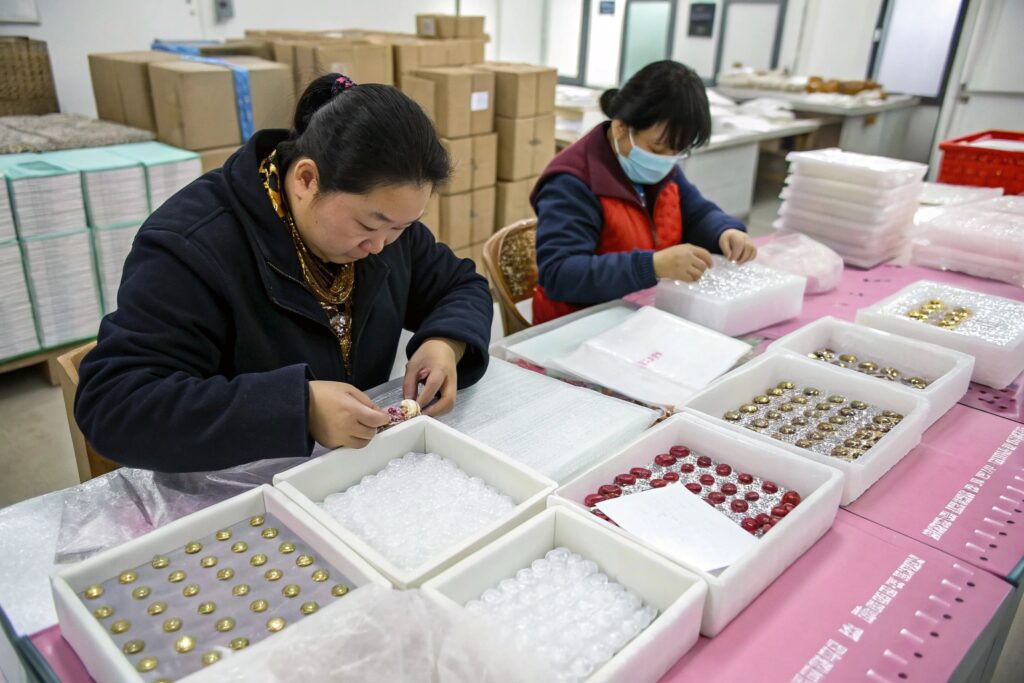
What Internal Packaging Do We Use?
We combine:
- Velvet pouches for individual pieces
- Vacuum-formed trays for sets or collections
- Microfiber wraps to reduce surface friction
- Anti-tarnish paper for metal-base pieces with crystals
We also use moisture indicators and gel packets in long-haul sea freight shipments. This is especially critical for plated accessories with inset CZ stones.
Our process references ISTA 3A retail pack testing and is updated every season based on logistics partner feedback.
How Do We Prevent Stone Loss or Displacement During Shipping?
Before shipping, we perform pre-packaging vibration tests using sample cartons. These simulate the bumping a shipment may endure across customs, ports, and final-mile delivery.
Each carton is also marked with:
- "Fragile" and "Handle with Care" in English and target language
- Carton-level barcodes tracked via Maersk Flow or Cainiao logistics system
For air shipments, we recommend double-wall cartons with minimum 5-ply thickness and zero empty space to avoid impact movement.
How Does Final QC Audit Catch Hidden Defects?
Our final QC step is what gives our buyers peace of mind.
We conduct random-sample audits and AQL-level inspections of each batch, using magnifiers and defect classification checklists tailored to gemstone accessories.
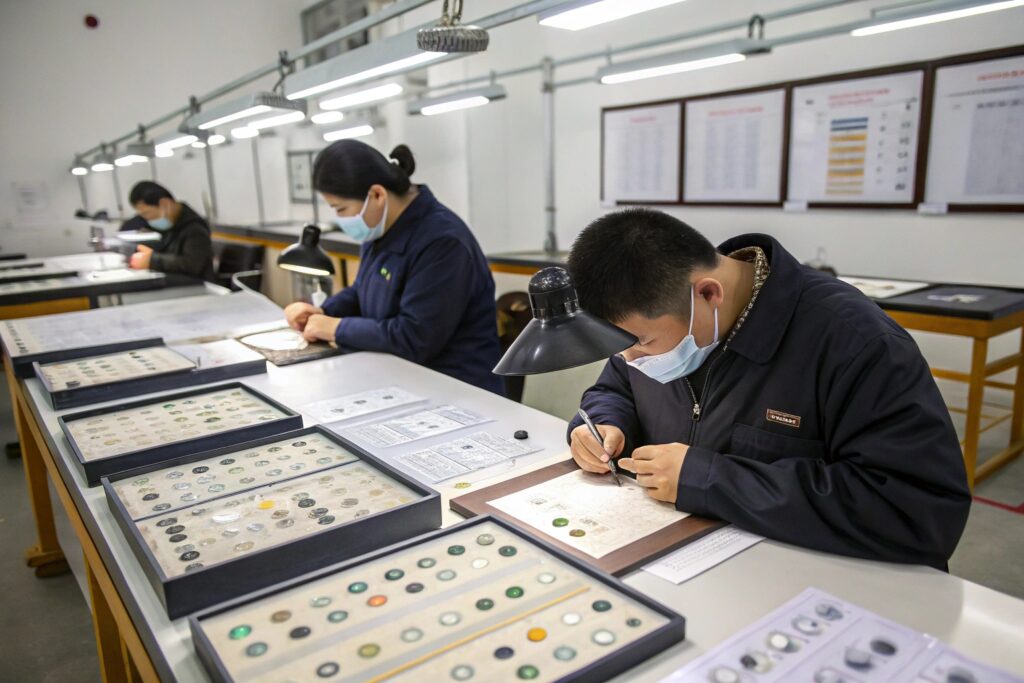
What Defects Are Most Common—and How Are They Flagged?
Top flagged issues include:
- Misaligned prongs or skewed placement
- Fallen or loose stones
- Surface scratches
- Glue overflow or visible residue
Using AQL 2.5/4.0/6.5 standards, we classify defects as critical, major, or minor. For gemstone accessories, any visible misplacement is treated as major, and one loose stone can trigger full batch inspection.
We use QC mobile apps with photo-upload capabilities to create transparent client reports.
What Happens If a QC Issue Is Found?
If a defect rate exceeds tolerance, the affected batch is isolated, reworked, and reinspected. Clients are notified immediately with:
- Updated timelines
- Photos and defect types
- Replacement plans (if urgent orders)
In 2024, we intercepted a batch of hair clips with CZ stones where 4% had bond loosening after heat simulation. The whole batch was re-glued, and the shipping timeline was recovered within 3 days—avoiding any retail disruption.
Conclusion
Gemstone accessories require beauty and durability in equal measure. Without proper QC, a single weak point can compromise an entire shipment—and brand reputation.
At AceAccessory, our gemstone QC system is built on proactive testing, bonded documentation, and final-line vigilance. Whether you’re launching a bridal hair set or a crystal-accented belt collection, you can trust that our factory has both the sparkle and the standards to deliver.

